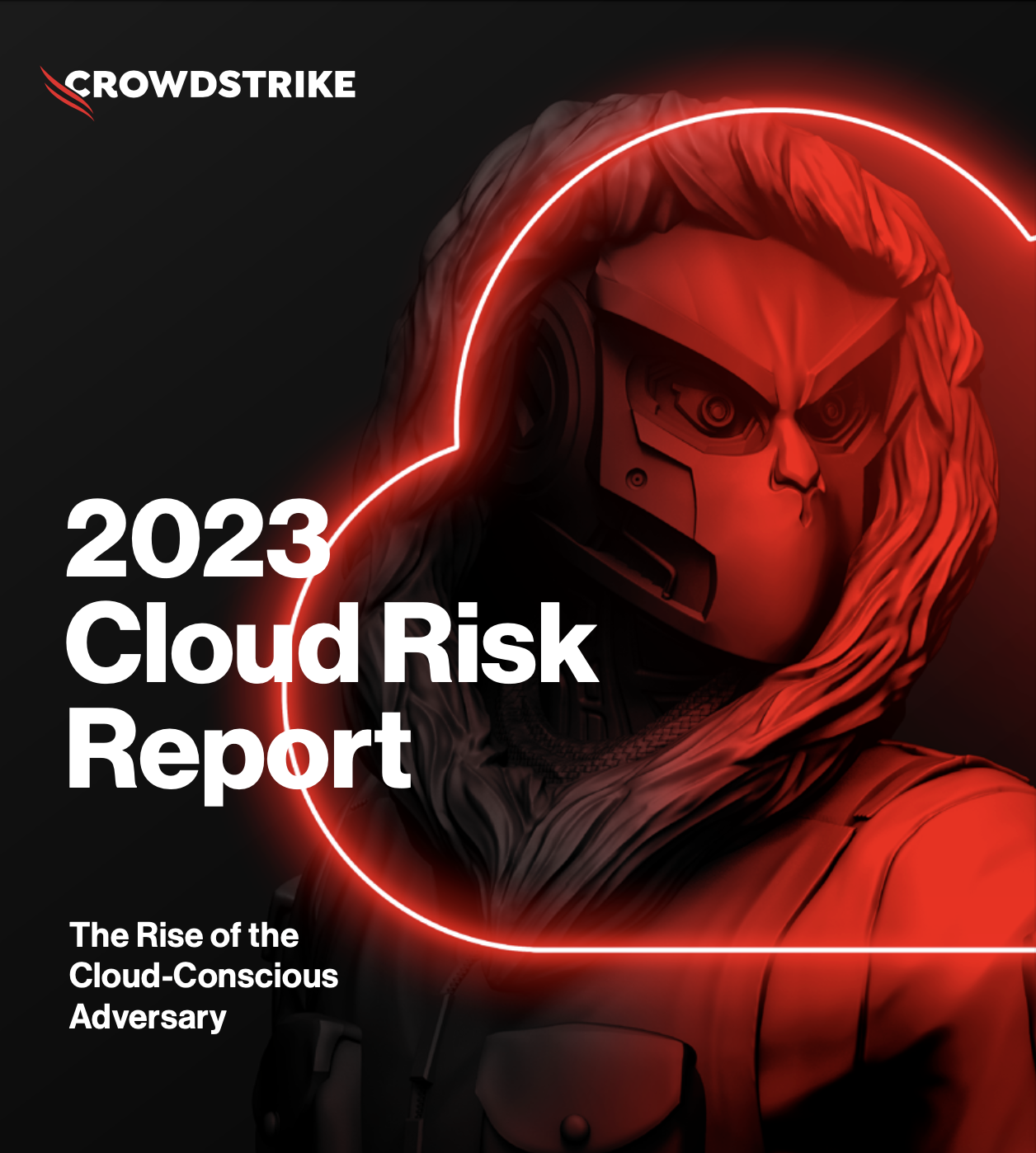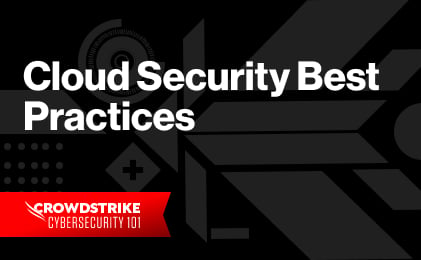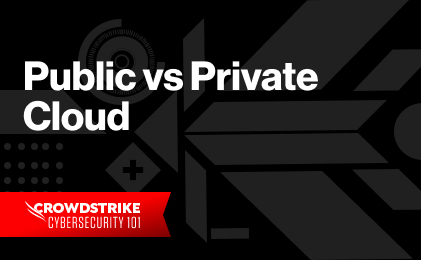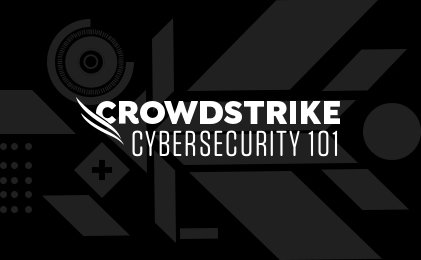What is Multi-Cloud Security?
Cloud providers have created a paradigm shift in managing infrastructure and deploying applications. In the early days of cloud adoption, a single cloud provider was enough for a company to meet all business requirements. Today, companies need multiple cloud providers at once to benefit from marginal features because nobody wants to miss any features or services offered by a different cloud provider.
In addition, there’s always a new service offering from other cloud providers that’s cheaper, more flexible and more reliable. This is the natural result of a highly competitive market with ongoing, extensive technological development. Moreover, running your application on multiple clouds helps mitigate risk; even if disaster strikes in one cloud provider, your application can continue running on another, which is priceless for business reputation.
However, the management of a multi-cloud architecture is extremely complex since cloud providers are very different from each other in terms of access, resource management and API. Also, you need to implement multi-cloud security to protect your infrastructure, application and data in multiple clouds.
In this blog, we focus on the challenges of multi-cloud security. We also cover best practices to protect your cloud-native applications while enjoying the benefits of running them across multiple cloud providers.

2023 Cloud Risk Report
Find out which top cloud security threats to watch for in 2023, and learn how best to address them to stay protected through 2024.
Download NowMulti-Cloud Security Challenges
Multi-cloud offers increased scalability and flexibility, but it also comes with increased complexity and novel security challenges. Tools from a single cloud provider or your custom bash scripts for on-premises data centers will not help you overcome the challenges of multi-cloud architectures.
Therefore, before diving into the multi-cloud world, you need to be prepared and understand what these challenges are.
User Access Control
Identity and access management are essential for every cloud provider, where you can assign roles and grant access to cloud resources. When you first adopt AWS or Azure, you will spend hours, even days, creating a permissions hierarchy and roles in AWS Identity and Access Management or Azure RBAC. There are various aspects to consider, such as identity federation, multifactor authentication and external compliance requirements, making it nearly impossible to manually maintain the same policies with the same access levels across multiple cloud providers.
For example, it’s a standard policy to allow developers to check the deployment status in Kubernetes clusters. However, access to the Kubernetes cloud service with read-only mode is entirely different in Azure Kubernetes Service and Amazon Elastic Kubernetes Service. To have a successful and secure multi-cloud operation, you need a centralized external platform to control user access with the correct permissions.
Configuration Errors
Configuration errors are the most common form of human error in cloud operations and are primarily caused by setting wrong values, using false files or running with an incorrect set of environment variables. Even the most experienced developers and operators can make such mistakes, as there are numerous parameters they need to maintain and configure.
These errors can lead to data breaches, unwanted access to cloud resources, outages and even the deletion of a complete cluster. When you adopt a multi-cloud strategy, teams need to manage more and more configurations and make sure they are using the correct ones. Because of this, automation and configuration management tools are required to mitigate risks related to human error.
Data Governance
Data is the most valuable asset for the majority of organizations given the critical nature of business data such as users, products, price, orders and so on. Data governance practices are required to regulate user access to sensitive data in the cloud to improve privacy and security.
In addition, maintaining compliance with security regulations like General Data Protection Regulation (GDPR) is essential for most companies. With multi-cloud deployments, you distribute the applications and the data. This means you need to track the location of that data. You also must streamline access policies between your various cloud providers and keep track of all the changes.
Observability
Observability in cloud systems means gathering the overall status of your distributed applications. It is already a complex task to collect information from microservice applications that are spread over multiple nodes, data centers and regions. Each cloud provider offers built-in monitoring, but these are limited to the scope of their own services only.
For instance, if you run a database in AWS RDS, you can monitor its metrics via the AWS monitoring plan. However, if you deploy your custom application to a Kubernetes cluster running on AWS EKS, you need to design and implement a custom monitoring solution. Further, it gets more complicated with a multi-cloud environment, where you need to collect and centralize metrics from different cloud providers and infrastructures.
Shared Security
Shared security is an approach wherein cloud providers ensure the security of some services, while your security team is responsible for the rest. For instance, the AWS shared responsibility model asserts that AWS is responsible for protecting the hardware, software, network and tools that run AWS Cloud services. Azure follows a similar model wherein it claims responsibility for the physical hosts, networks and data centers.
For each cloud provider you use, you need to know the exact separation of responsibilities and ensure the same level of security across your multi-cloud environment.
Learn More
As companies shift to the cloud, many may underestimate or even outright overlook one aspect of the migration process: cybersecurity. Read about the four most common misconceptions organizations may have or issues they may overlook when shifting to the cloud.Download the eBook Now
What are some Multi-Cloud Security Best Practices?
There are well-known best practices you should follow when adopting a multi-cloud environment:
- Use automation: Automate every process in your cloud operations, including infrastructure operations, application deployments and upgrades. This is the only possible way to track the status of a multi-cloud environment and minimize human error.
- Synchronize security policies: Ensure the same level of authentication, authorization and network policies across clouds. This means you need to create and use generic definitions that you can apply to multiple cloud providers.
- Create holistic monitoring: Consolidate your various monitoring systems to create a holistic view of your infrastructure, nodes, services and applications running in different cloud providers. This is essential, along with creating alerts and implementing self-healing methods to minimize human intervention.
- Ensure multi-cloud compliance: Consolidate what is offered and implement your own security methods to ensure the same level of compliance across your entire infrastructure. This is critical, as cloud platforms have different levels of compliance certifications and security features.
Conclusion
We are in a highly dynamic era where cloud-native microservice applications are deployed to multiple cloud environments. Proper security is business-critical, but it is not straightforward. Tooling and platforms of the past will not be adequate in terms of flexibility, scalability and agility. Therefore, you need a cloud-native security platform that lets you secure various cloud services from multiple providers.
CrowdStrike cloud security products implement best practices and combat the challenges discussed in this blog. The platform offers unified cloud security and can detect threats from multiple cloud providers reliably and scalably. For example, you can use CrowdStrike services to secure cloud platforms, while Falcon Horizon™ cloud security posture management (CSPM) protects you from misconfigurations. In addition, you can secure the application layer with CrowdStrike Container Security and Falcon Cloud Workload Protection for workloads and containers running on Kubernetes.
The complete platform focuses on the cloud-native security you need for a multi-cloud environment. And you can deploy it in just a couple of minutes.


